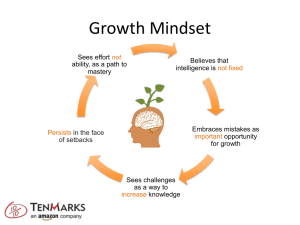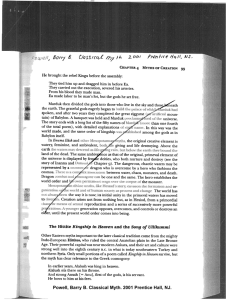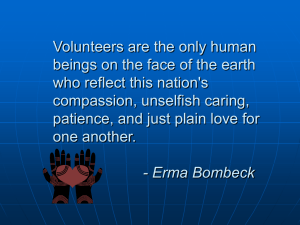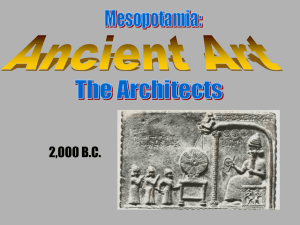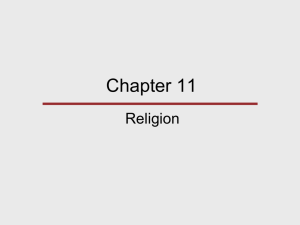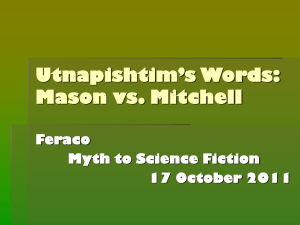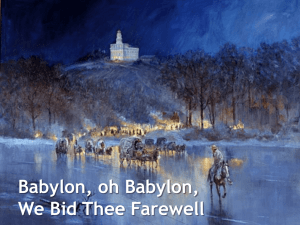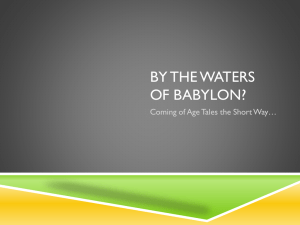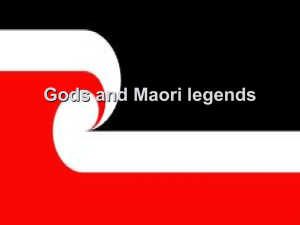By the waters of babylon
advertisement
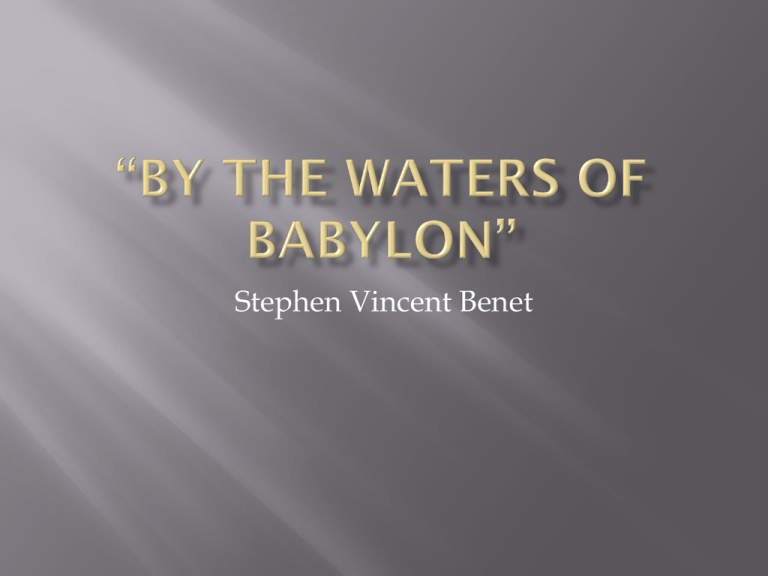
Stephen Vincent Benet References Psalm 137 in the Bible Isrealites’ sorrow over the destruction of their temple in Zion and their enslavement into Babylon The psalm begins “By the waters of Babylon, there we sat down and wept, when we remembered Zion” 1st person point of view Limited knowledge given to the reader from this point of view. Only seeing what that character sees and knows. The mood of a story is the atmosphere the author helps create to make the reader feel a certain way. Remember that tone is not the same thing as mood. Tone is the writer’s own attitude toward the subject. Symbols can often be found in literature. Symbols stand for something bigger and provide a deeper meaning. Think of some symbols in our everyday lives. What does a 4-leaf clover usually symbolize? What does a skull and crossbones usually symbolize? As you read this story, look for symbols. Try to pick out things the narrator sees that may stand for something else! Simile is a comparison between two unlike things using like or as There was a roaring in my ears like the rushing of rivers. Metaphor is a comparison between two unlike things without using like or as. Metaphors state that one thing IS another thing. Truth is a hard deer to hunt. The author uses descriptive words to paint a mental picture in the reader’s mind. As you read “By the Waters of Babylon”, what mental pictures do you get from the imagery the author uses. How do you see the great cities and god-roads? Set in a future following the destruction of industrial civilization, the story is narrated by a young man who is the son of a priest. The priests of John’s people are inquisitive "scientists" associated with the divine. They are the only ones who can handle metal collected from the homes (called the "Dead Places") of long-dead people whom they believe to be gods. The plot follows John’s self-assigned mission to get to the Place of the Gods. His father allows him to go on a spiritual journey, but does not know he is going to this forbidden place. John takes a journey through the forest for eight days, and crosses the river Ou-dis-sun. Once John gets to the Place of the Gods, he feels the energy and magic there. He sees a statue of a "god" — in point of fact, a human — that says "ASHING" on its base. He also sees a building marked "UBTREAS". After being chased by dogs and sleeping in someone's apartment, John sees a dead god. Upon viewing the visage, he has an epiphany that the gods were simply humans whose power overwhelmed good judgment. After John returns to his tribe, he speaks of the places "newyork" and "Biltmore". His father tells him not to, for sometimes too much truth is a bad thing, that it must be told little by little. The story ends with John stating his conviction that, once he becomes the head priest, "We must build again."
